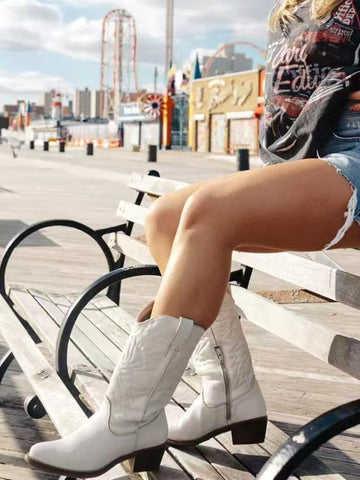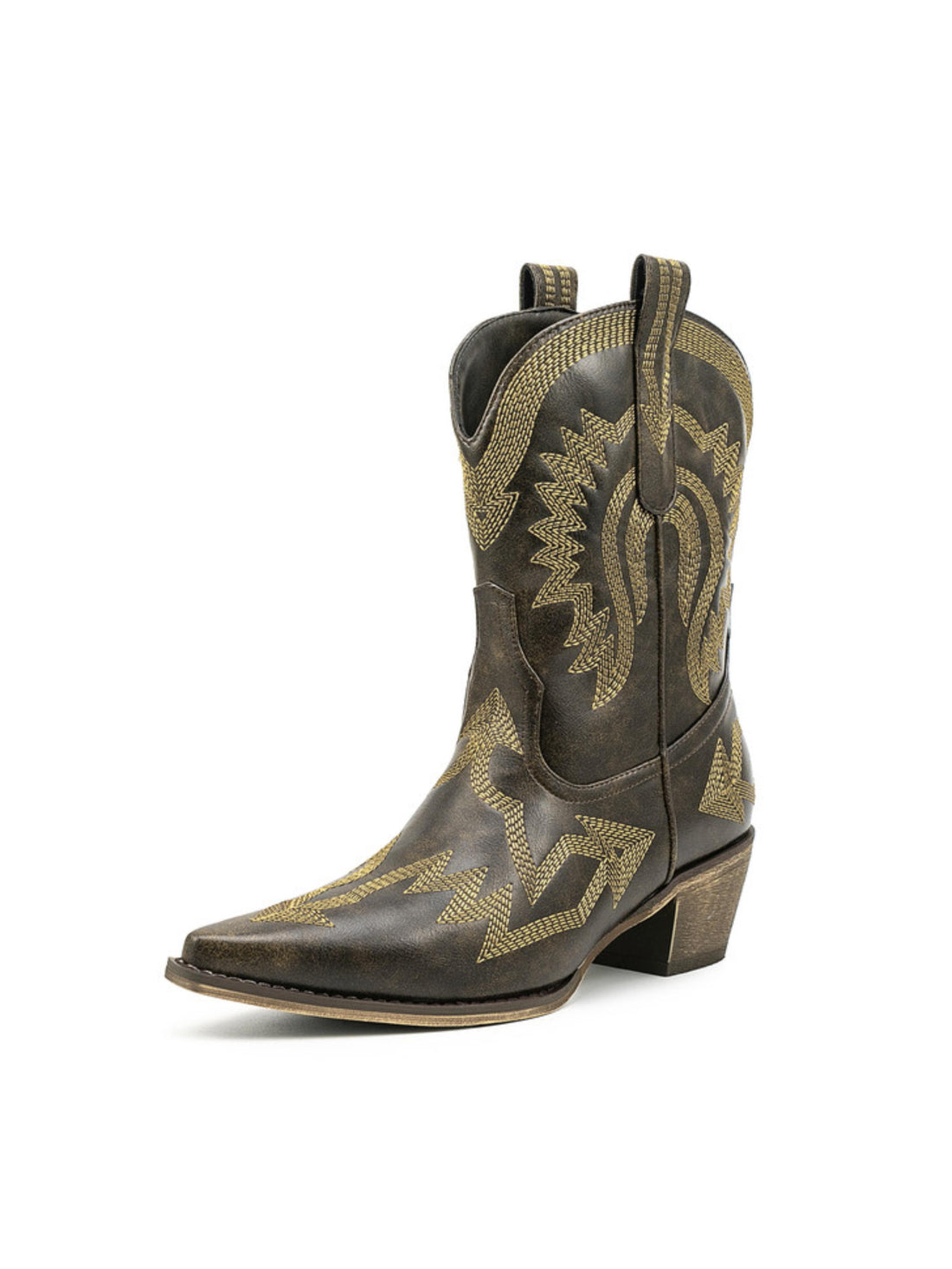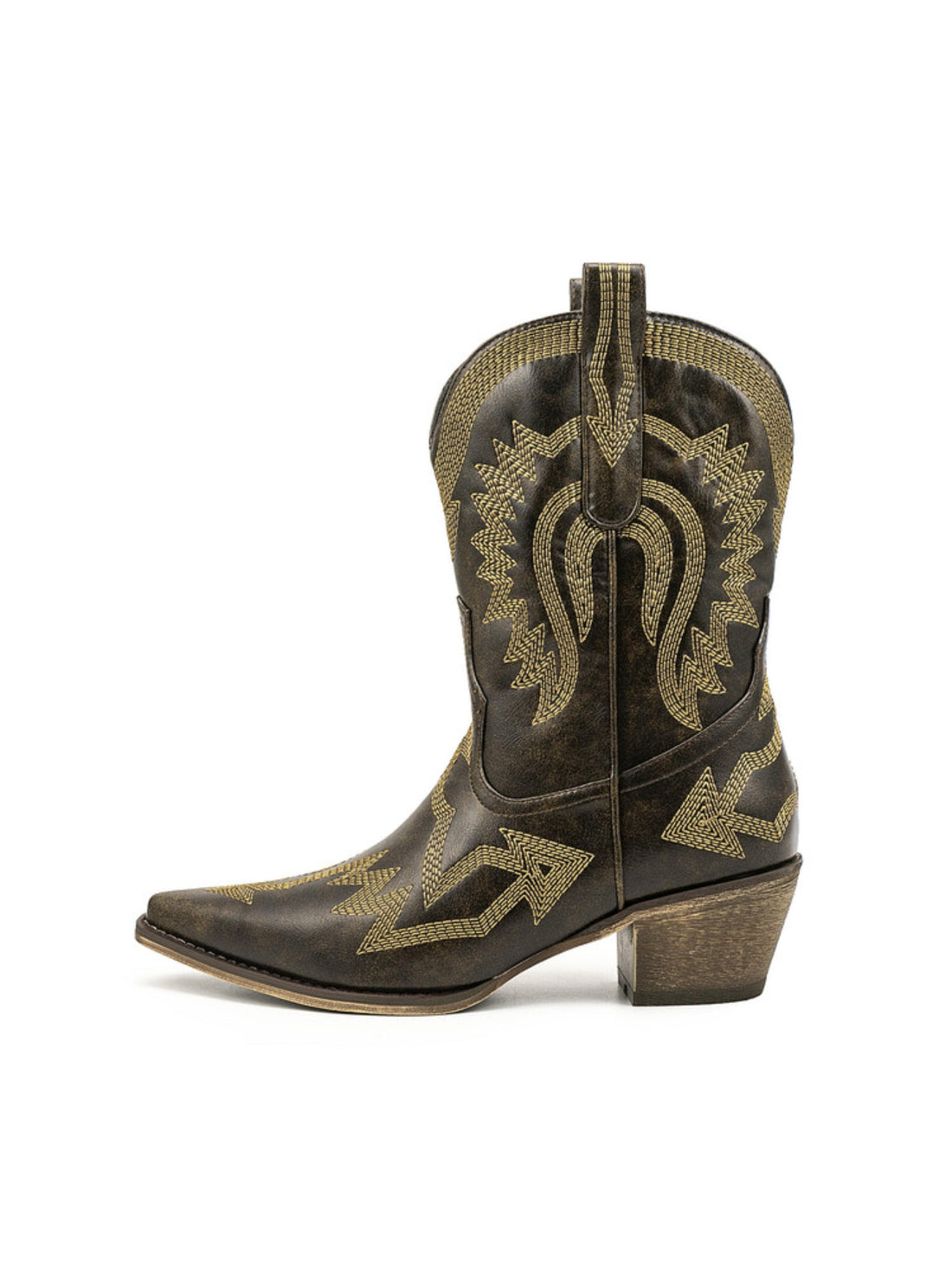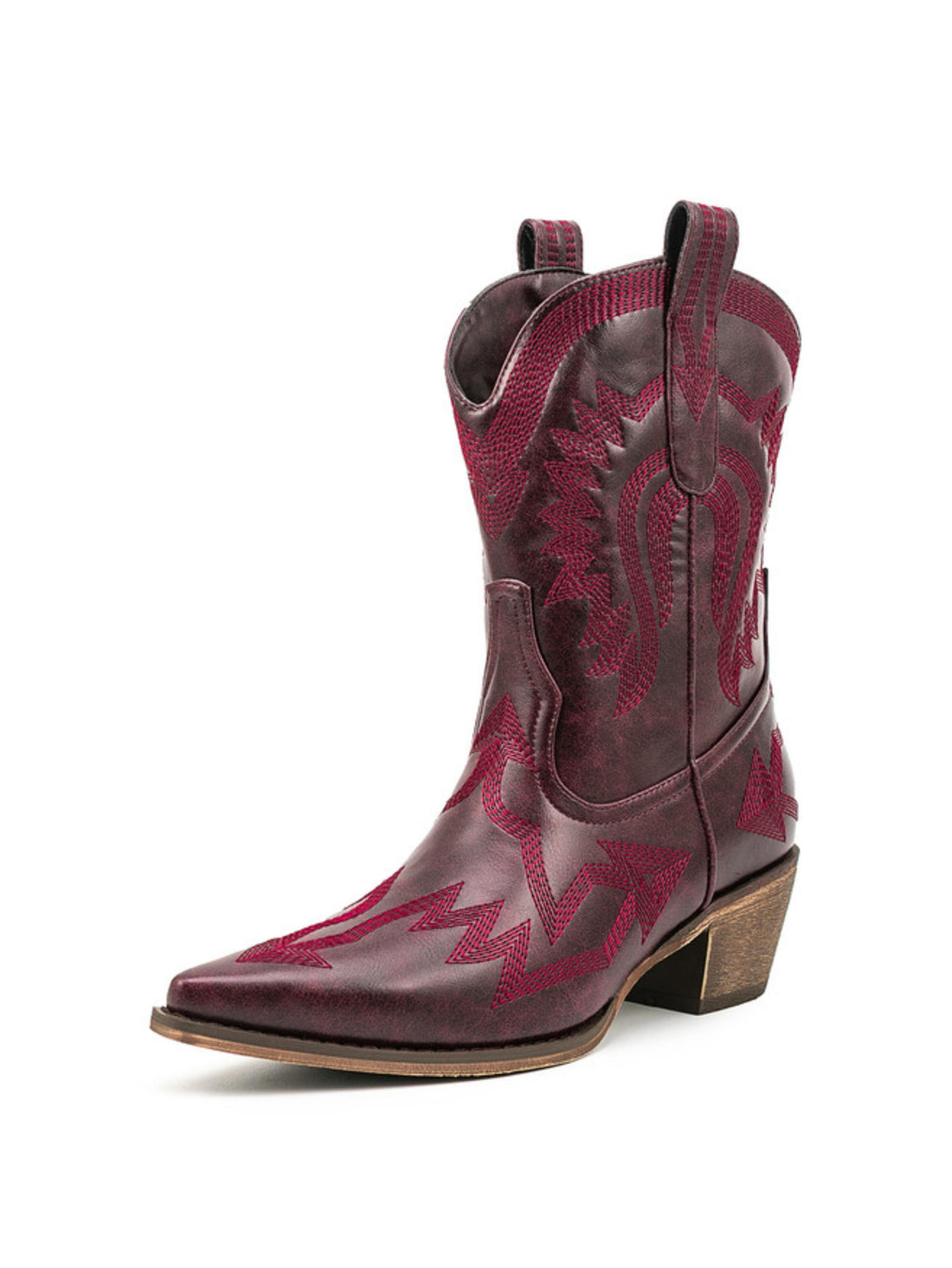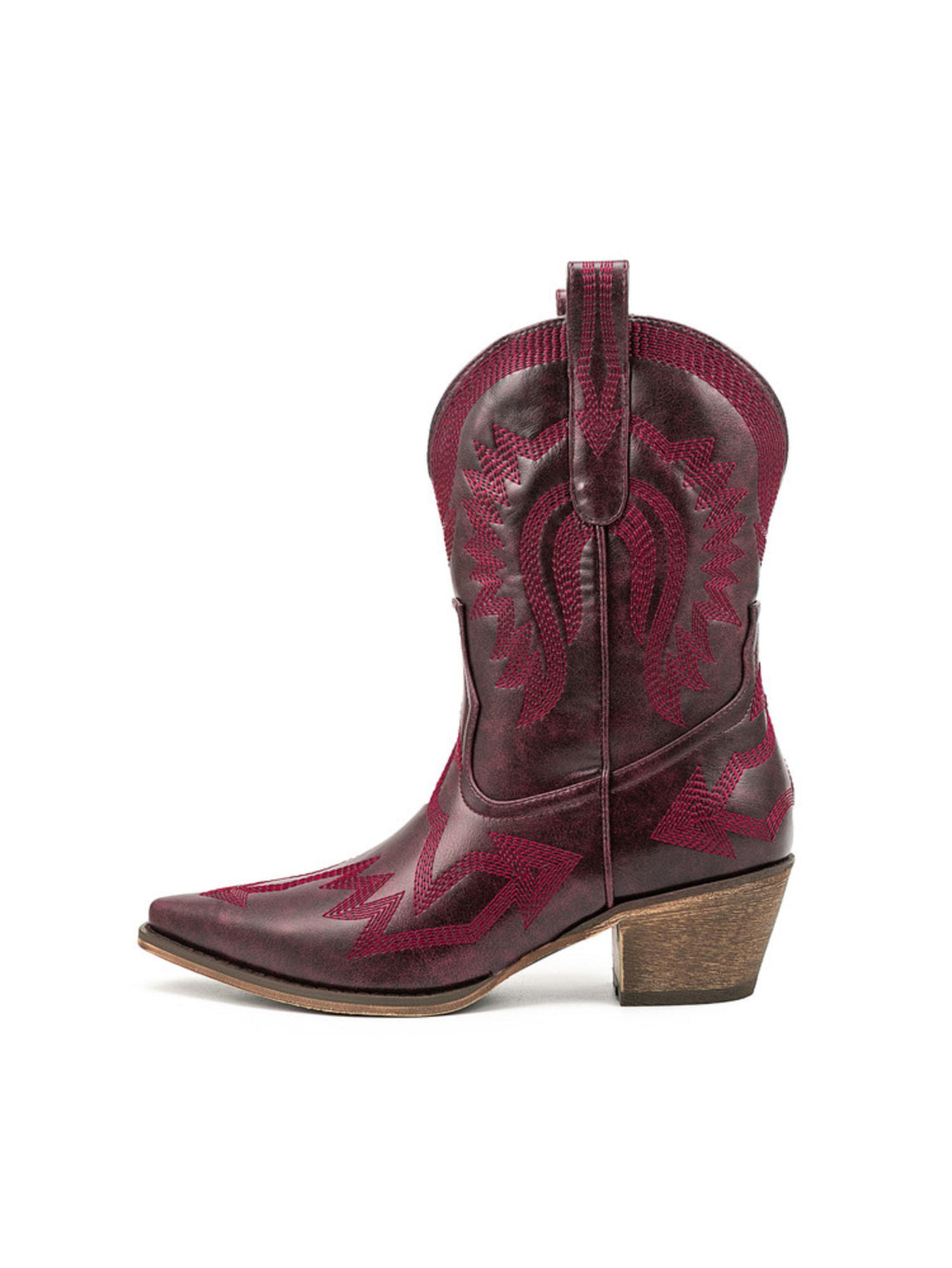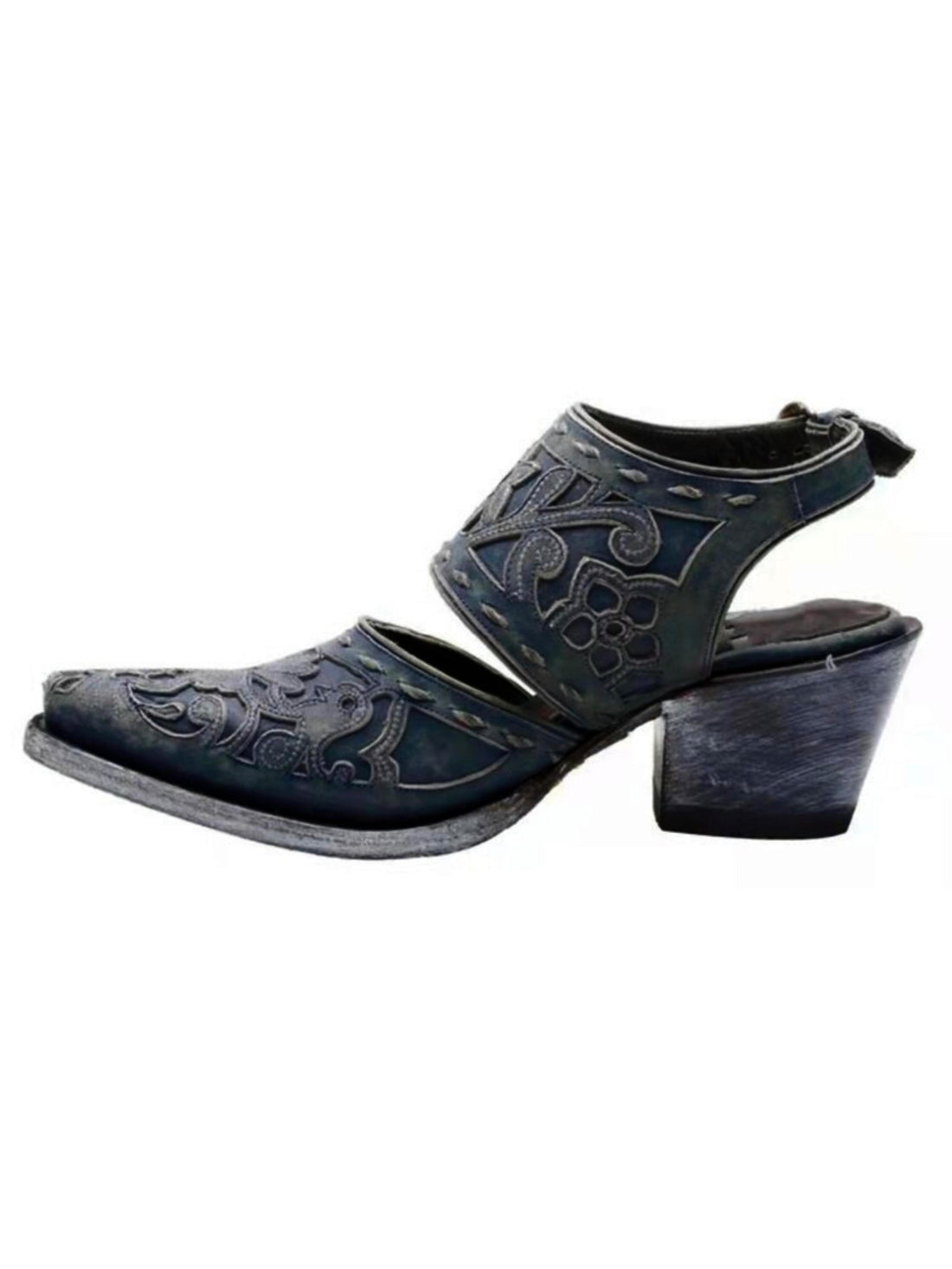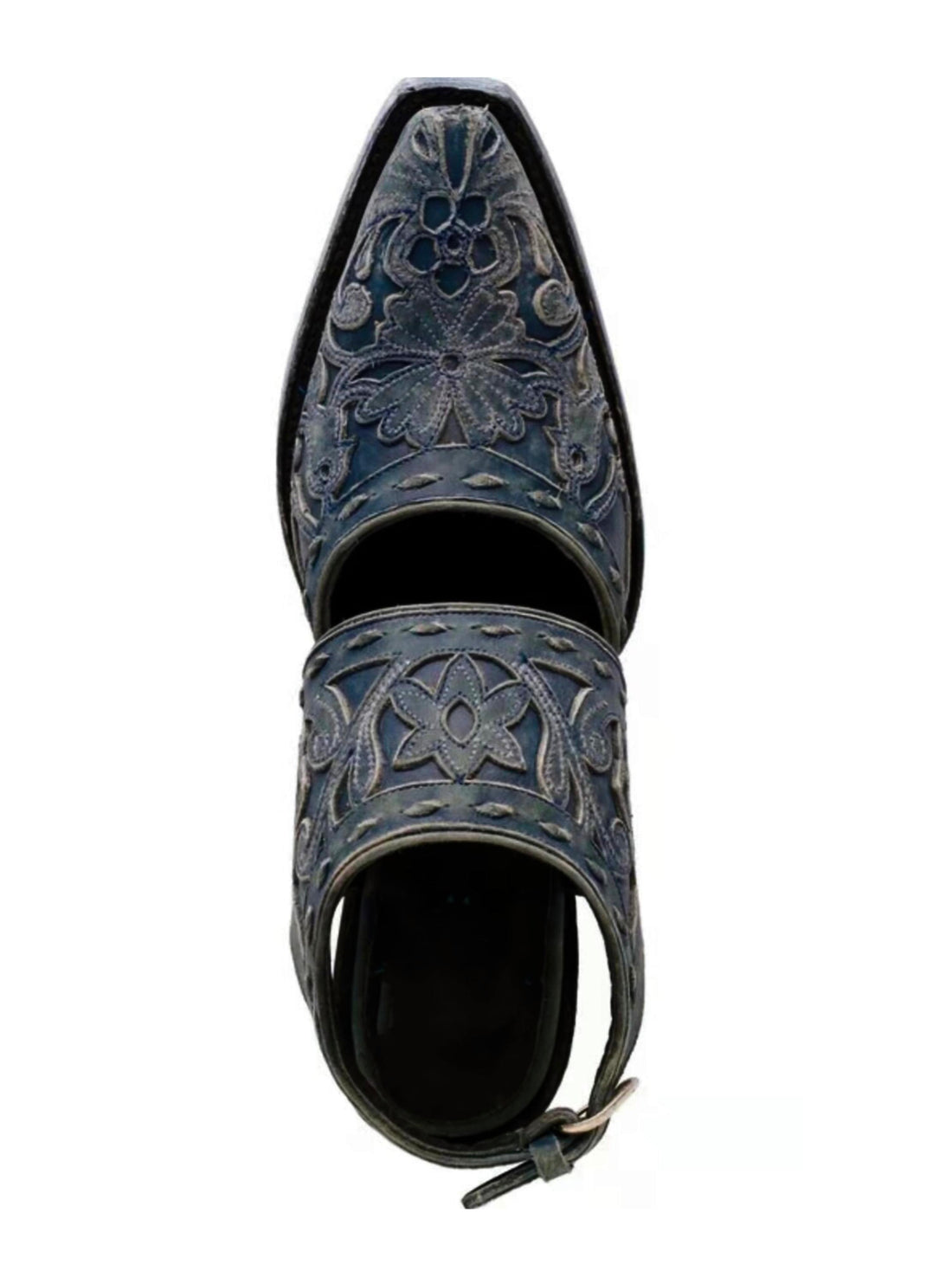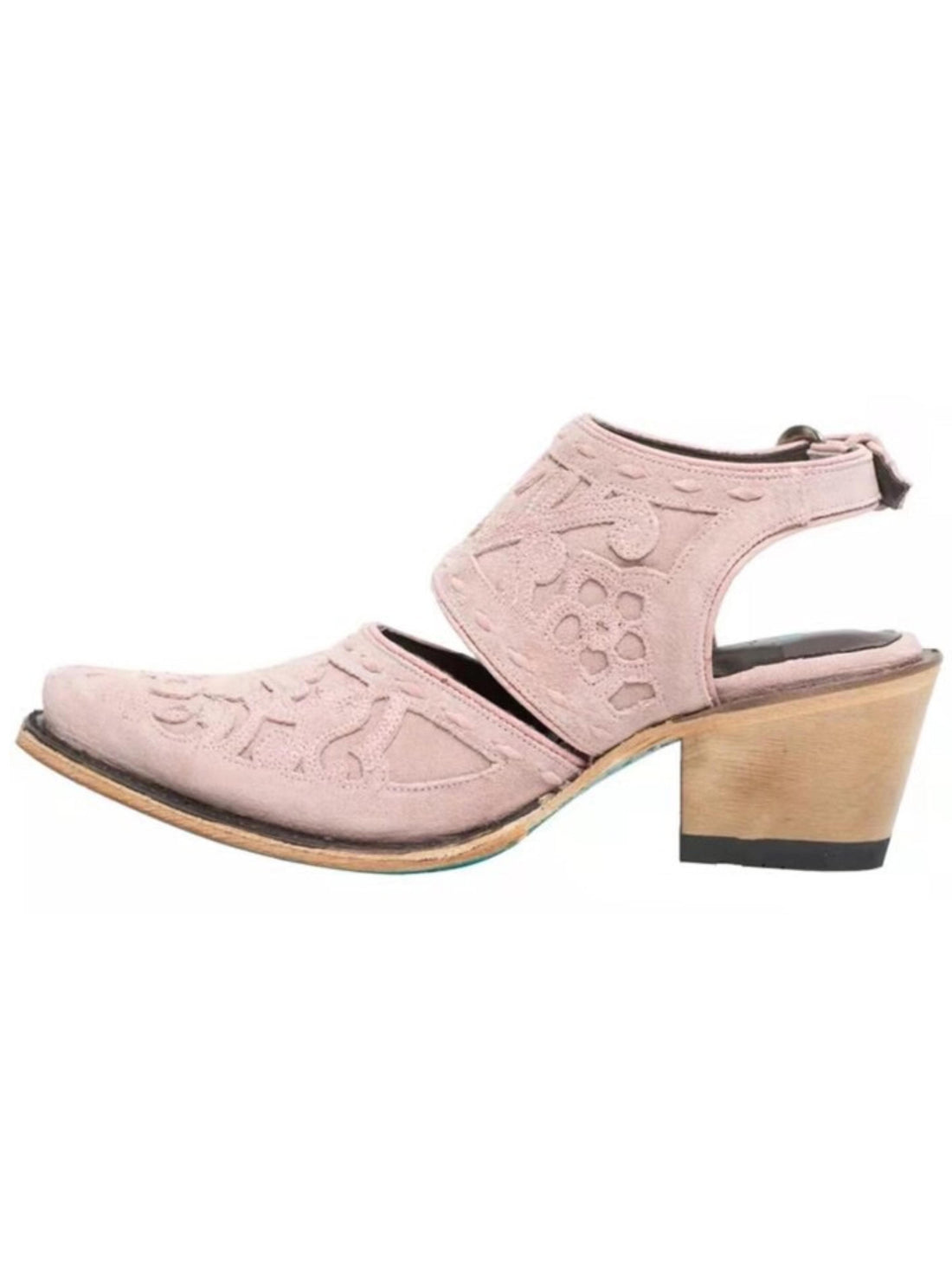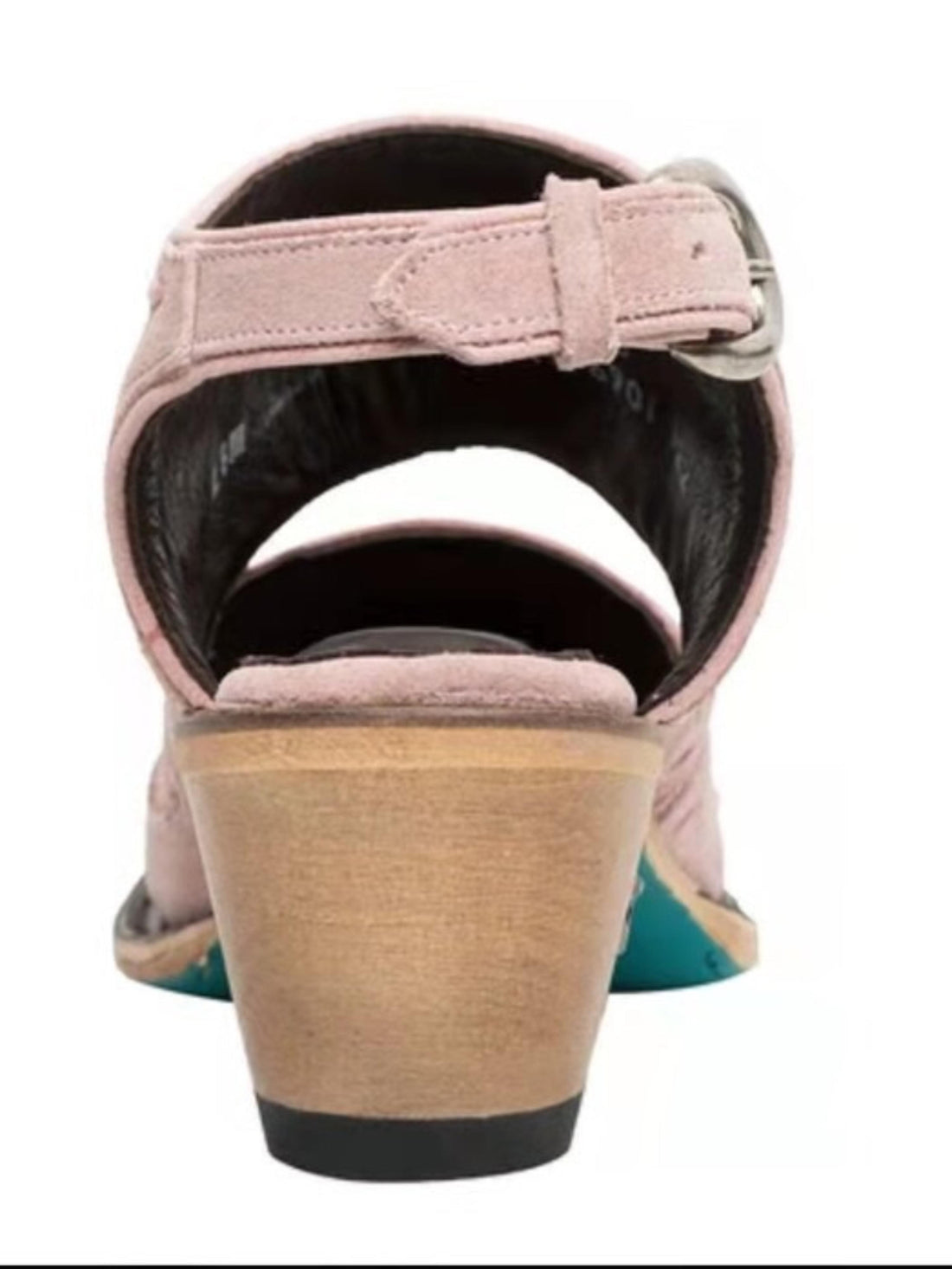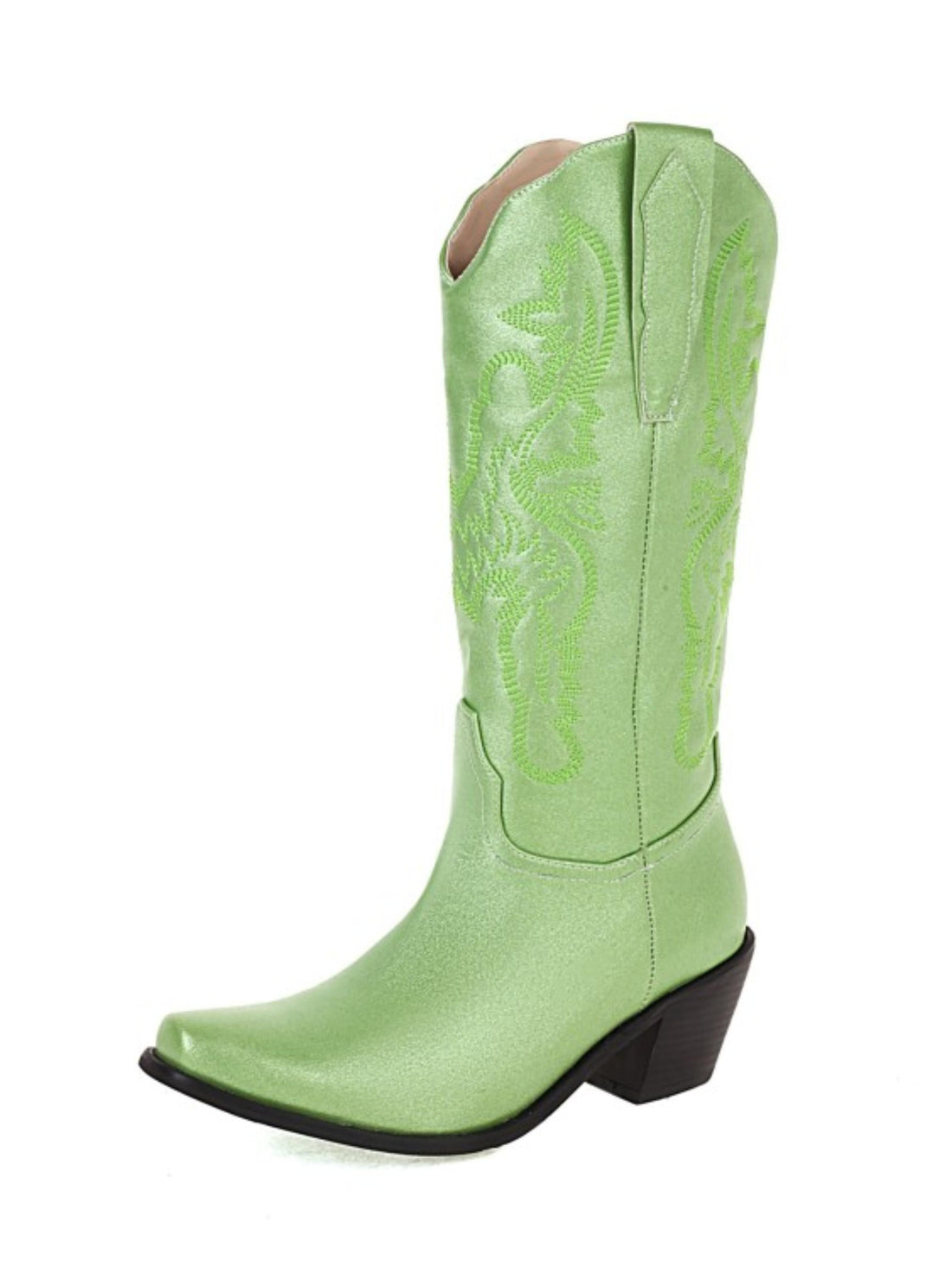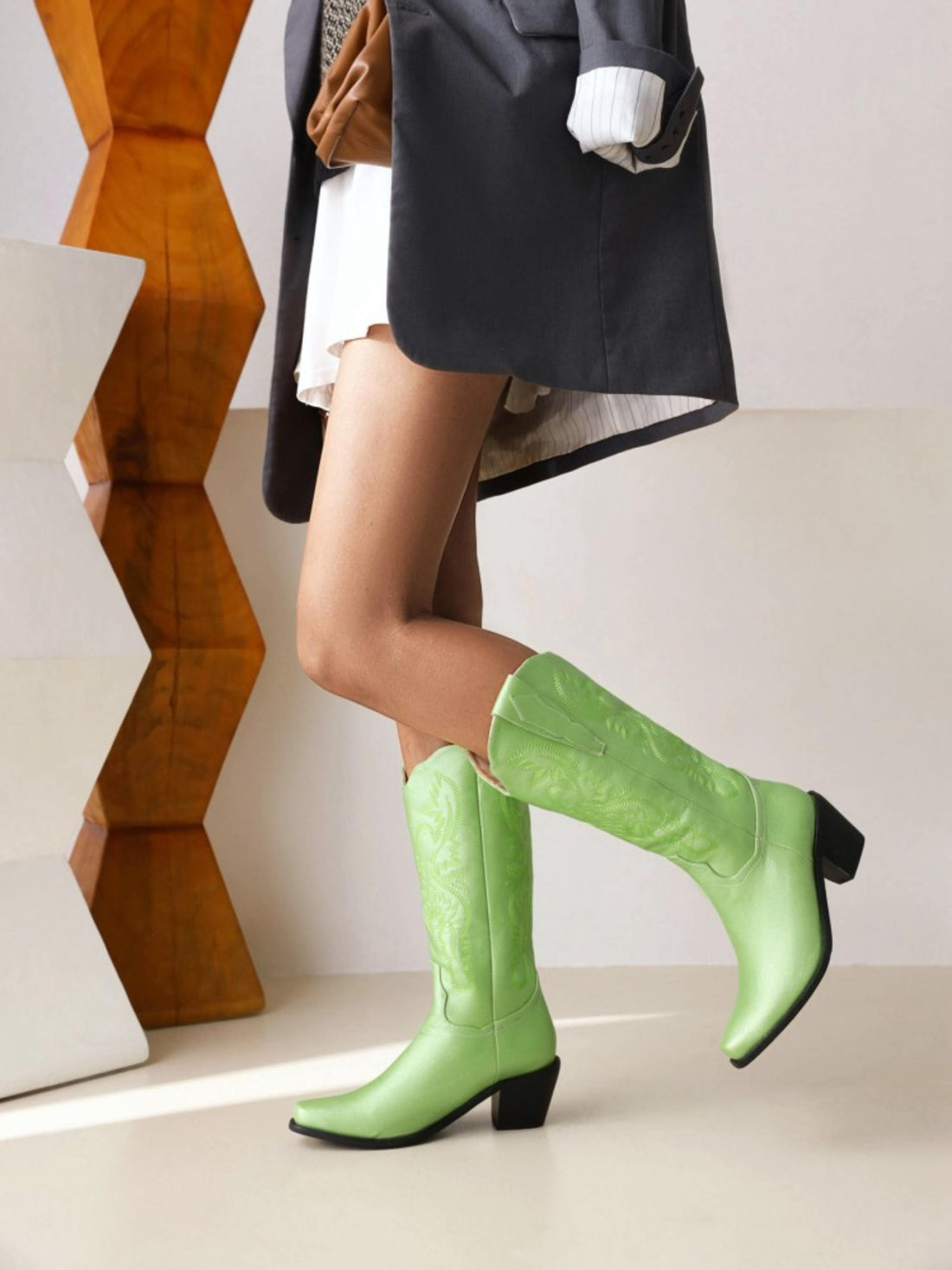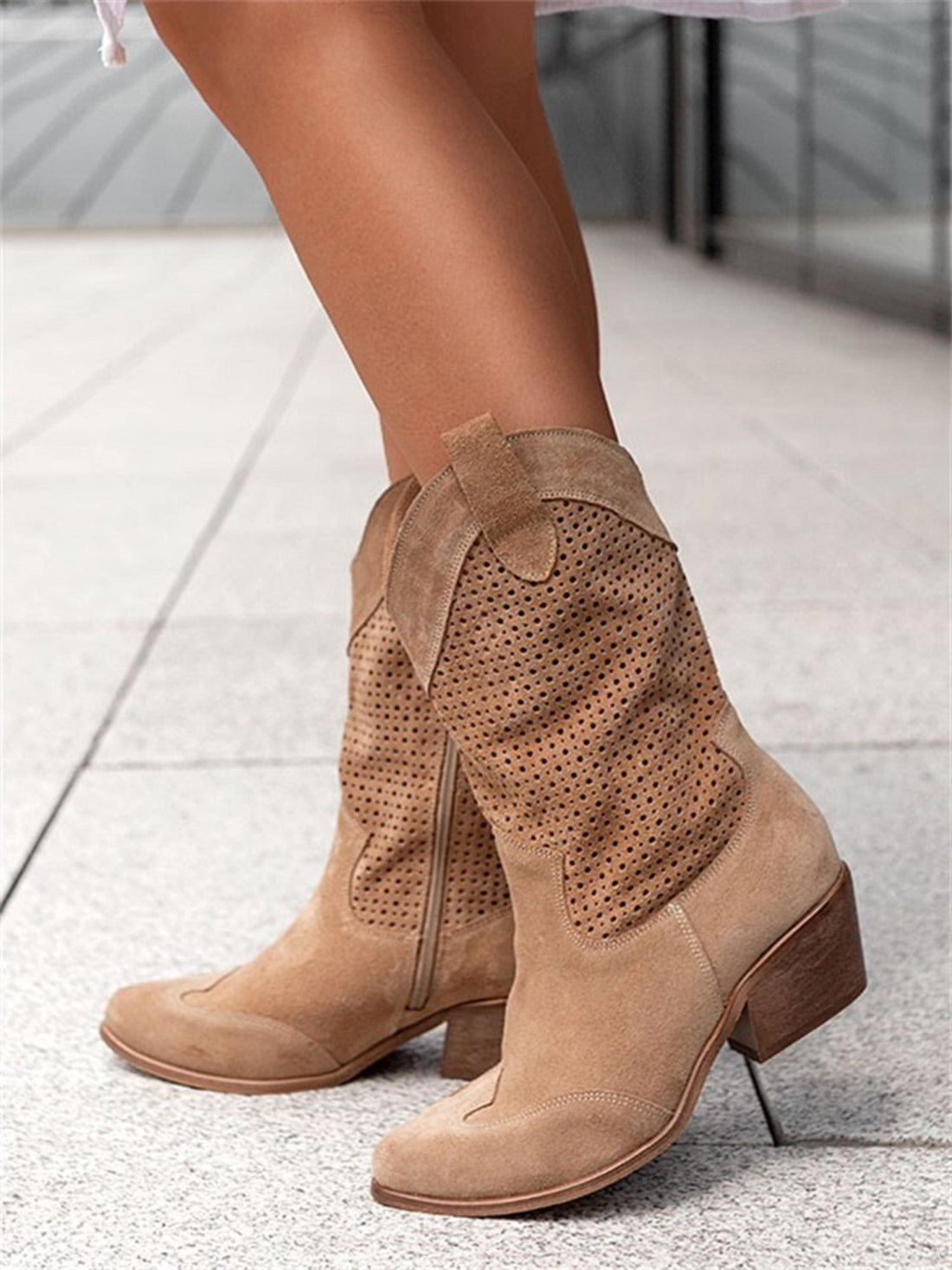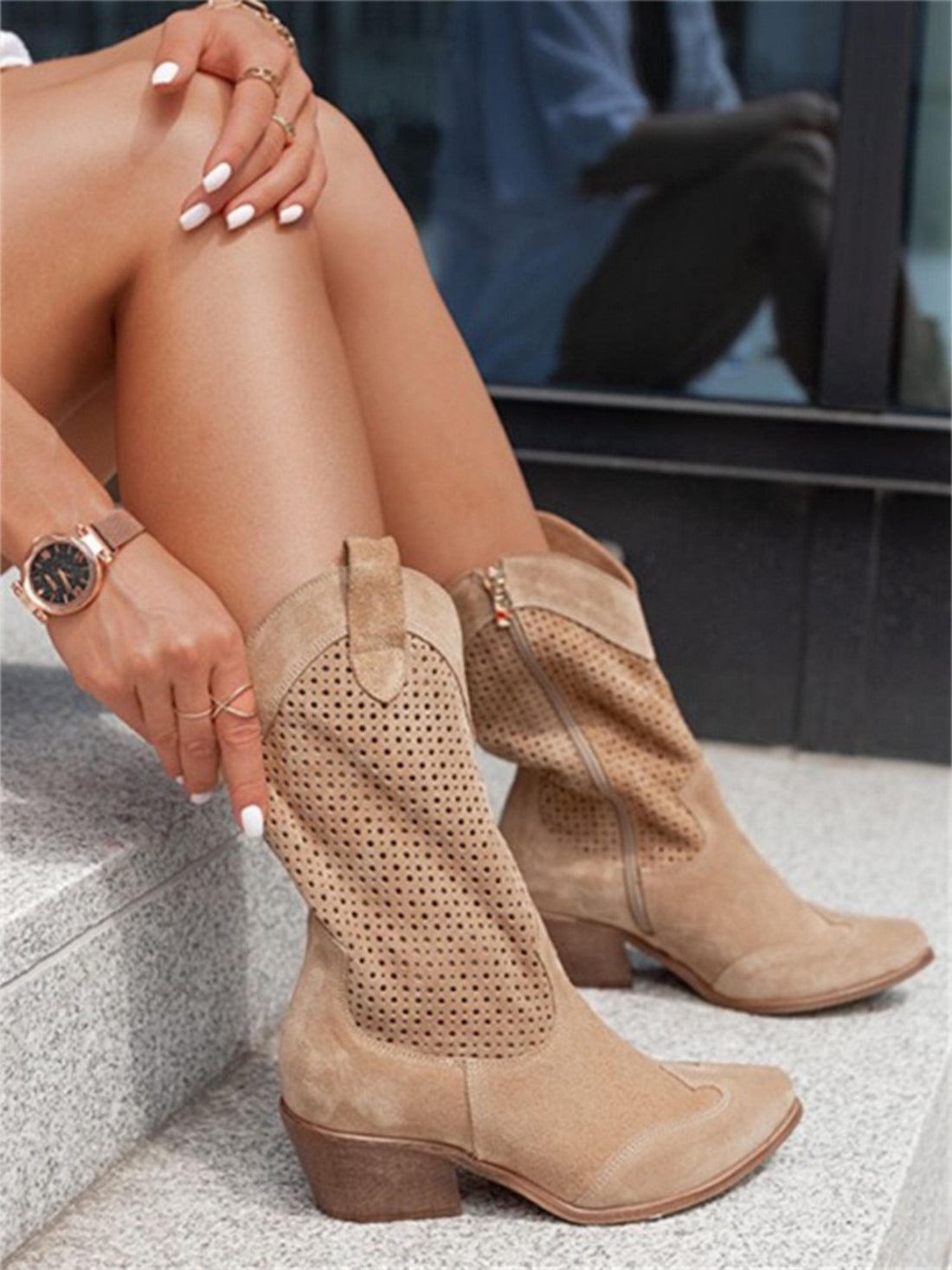Horse riding boots are more than just stylish accessories — they’re essential gear that provides safety, comfort, and performance while riding. Whether you’re a beginner stepping into the saddle for the first time or an experienced equestrian, selecting the right pair of boots can make a world of difference. The perfect riding boots offer protection, stability, and durability while matching your discipline and personal style.
Here we will cover all you need to know about choosing the ideal horse riding boots — from what various types are to how to find the ideal fit and how to keep them going for many rides over long periods of time.
1. Grasping the Use of Riding Boots
Horse riding boots are designed with distinctive features making them distinct from normal shoes. Their primary function is to offer protection and control to the rider during riding. The boot's flat sole prevents the foot from being trapped in the stirrup, and a low heel (around 1 to 1.5 inches) prevents the foot from coming out.
Aside from this, well-known traditional riding boots also protect the rider's legs from touching the saddle and provide a firm grip. Stiffening the boot also ensures proper leg position in dressage or show jumping.
2. Horse Riding Boots Types
Information on the different types of boots starts the process of selection. Certain types of boots are designed for certain types of riding, weather, or individual preference.
a. Field Boots (Field, Dress, and Dressage Boots)
- Field Boots: Laces up the ankle for freedom of movement, ideal for jumping and eventing.
- Dress Boots: Tight-fitting, no lace, dressy look for dressage or show.
- Dressage Boots: Even stiffer to give support to the leg, with more stability under training.
b. Paddock Boots (Short Boots)Ankle boots are a favorite when riding on a repeated basis and training. Worn along with half chaps, they are easy to wear, stretchy, and perfect for beginners.
c. Western Boots
Cowboy riders' favorite are cowboy-type boots, which come with intricate stitching, taller heels, and broader shafts. Symbolic as well as functional in the context of cowboy riding history.
d. Winter and Waterproof Boots
Created to work in wet or cold weather, these boots provide cold weather moisture resistance and insulation and comfort and traction in rugged conditions.
3. Material Matters: Leather or Synthetic
Leather Boots:
- Timeless style for their beauty, strength, and warmth.
- Form to the leg after some time, providing a personal fit.
- Need regular cleaning and conditioning to avoid cracking and retain shine.
Synthetic Boots:
- Lightweight, inexpensive, and low maintenance.
- Good for budget-conscious riders or first-time riders.
- While not as long-lasting as real leather, new synthetics have great weather resistance and flexibility.
When deciding between the two, consider your budget, number of rides, and willingness to keep them maintained.
4. Getting Your Best Fit
A proper fit feels good, is in control, and is safe. Poorly fitting boots can lead to blisters, rubbing, or limited leg movement.
This is how to find your best fit:
- Measure Carefully: Take the measurement of the height and width of your calf with a soft measuring tape.
- Snug but Not Tight: The boot has to be snug on your leg and ankle but not tight. Leather boots stretch a little after some time, whereas synthetics don't.
- Heel and Toe Room: Let your toes be able to wiggle and heel rest comfortably without coming up.
- Try with Riding Socks: Always wear the same type of socks you’ll use while riding during your fitting.
A well-fitted boot not only enhances your comfort but also improves your stability in the saddle.
5. Style, Function, and Features
New horse riding boots offer functionality merging with aesthetics. Check for the following features:
- Zippers or Laces: On-and-off convenience.
- Elastic Panels: Provide stretchiness for a comfortable yet secure fit.
- Ventilation and Waterproofing: Comfortable and dry feet during long rides.
- Reinforced Soles: Strength and better stirrup grip.
Your riding style also influences fashion decisions — formal competitions require dress boots that appear extremely polished, and training may require comfort-oriented paddock boots.
6. Using Technology to Review and Compare Boots
Most riders will now turn to YouTube or social media to review and demonstrate boots in action. Using a video editing app like video compressor they can re-edit their clips, add captions, and highlight boot performance truths, allowing others to make informed decisions. Video reviews allow potential customers to see with their own eyes what the boots really look like, fit like, and ride like in real riding situations, giving incredible visual feedback which words can't.
7. Care and Maintenance Tips
Maintenance keeps your riding boots long-lasting and functioning properly. Adhere to the care information below, some of the most critical:
- Clean Up After Every Ride: Use a damp cloth or a soft-bristled brush to remove dirt and mud.
- Condition Leather: Use a leather conditioner or cream to keep boot suppleness intact and prevent cracking.
- Dry Naturally: Avoid placing boots in front of direct heat sources — air-dry instead.
- Use Boot Trees: Place boot trees inside to help their shape while they're resting.
- Inspect Soles and Zippers: Inspect and repair any tear and wear before they lose their shape.
Proper care measures will keep your boots healthy for a longer time, but also maintain them comfortable and holding their shape.
8. Choosing Depending on Riding Discipline
Riding disciplines have unique boot requirements.
- Dressage Riders: Should choose tall, supportive boots.
- Show Jumpers: Need flexible boots to accommodate movement of the ankle, i.e., field boots.
- Trail or Recreational Riders: Enjoy long rides with the support of waterproof and comfortable boots.
- Western Riders: Like classic cowboy boots that mix functionality with Western look.
Understanding your discipline helps you choose boots that are suited for your style of riding and terrain.
Conclusion
Choosing the right horse riding boots is a question of functionality, comfort, and looks. Whether choosing the perfect material and size or maintaining them properly, each decision impacts your performance and safety in the saddle. No matter what fashion sense you possess, whether you prefer old-school leather dress boots or handy paddock boots, prioritize comfort and durability over everything else.
By reading reviews, watching videos, and listening to the opinions of authorities — and using handy tools like the video compressor to add your own comment — you can find the pair that truly takes your riding to a new level. Your boots don't only complete your wardrobe; they complete your ride.

